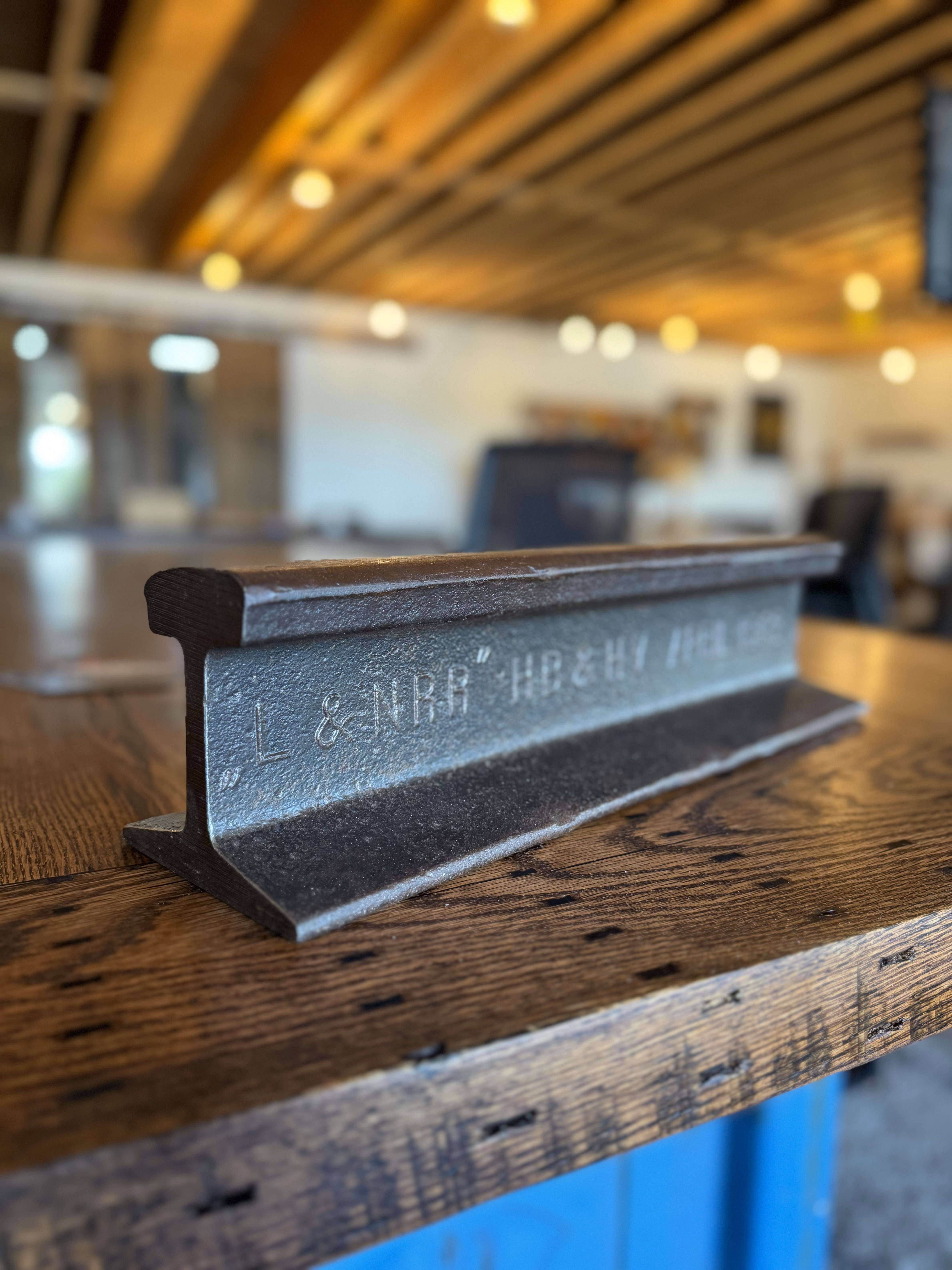
From Nashville to Louisville: A Shared Railroad History
Posted by Robert Hendrick on Jul 1st 2024
When it comes to railroading, Louisville, Kentucky and Nashville, Tennessee share history in the form of the fallen flag of the Louisville & Nashville (L&N) Railroad. For anyone not familiar with the term, a “fallen flag railroad” is one that no longer exists and/or has been gobbled up into another railroad.
Most of the Class 1 railroads including, CSX, Union Pacific, BNSF Norfolk Southern, Canadian Pacific, and Canadian National are comprised of a collection of fallen flags. The cost of this “magic carpet made of steel” (thank you, Arlo Guthrie, for that colorful description from The City of New Orleans) came in at $7,221,204.91.
In 1859, the first train ran the entire route between the two cities, and the L&N proudly operated for 132 years until 1971 when it was purchased by Seaboard Coast Line Railroad and became part of what was known as the Seaboard Lines.
Over time, the L&N would expand from its original less than 300 miles of roadway to over 6,000 miles and extend well beyond its namesake cities to include other metropolitan areas like St. Louis, Memphis, Atlanta, and the previously referenced, New Orleans.
In 1986, what was the L&N became part of modern-day Class 1 railroad CSX when they acquired the Seaboard Coast Lines.
This year, Louisville will be home to both the REMSA/RSSI industry show in July and the AREMA show in September.
For RSSI/AREMA find us in booth # 609 from July 9-10, 2024.
And while nostalgia would love for us to make that trip on the original L&N lines, sadly there is no longer any commuter rail that runs on that right-of-way.
It’s common to see the L&N logo emblazoned on relics like plates, locks, and other paraphernalia from the railroad in its heyday, all posted for sale on Ebay and other popular auction sites.
Less common among railroad artifacts though is finding a railroad brand on the rails themselves. Steel rail typically came from foundries bearing the name of the foundry. However, some railroads did get the factories to brand their rail.
Rail procured from overseas seems more likely to bear the brand of the railroad that acquired the steel. Our guess is that this practice was undertaken in order to minimize the chance of the rail being misappropriated when it made the journey across the ocean.

We’ve run across two different German foundry rails that also bear the L&N brand. An HB&HV rail proudly sits displayed in our showroom, and we may even have a piece or two hiding somewhere in our stash of vintage steel rail. It’s hard to say because the common 70-pound profile of rail, so ubiquitous in the 1890-1913 time frame, was all interchangeable. From a single installation, we’ve pulled Carnegie Steel Company, Tennessee Coal & Iron, Maryland (from Sparrow Point) and two different German branded rails.
If we run across any more of it, you may rest assured, we will call it out. It’s rarer that the iron ore product of the Carnegie Steel Company or Tennessee Coal & Iron Company that held such dominance over the supply of rail at the turn of the 20th century.
In the meantime, we’ll look forward to reminiscing in a little nostalgia as we take our show from the south end of the original L&N line to its original northern terminus in Louisville!
